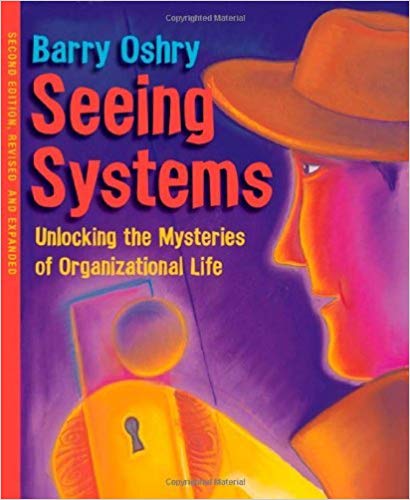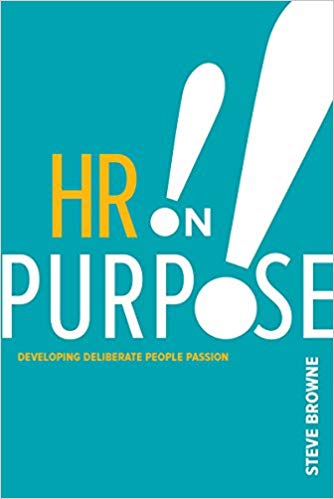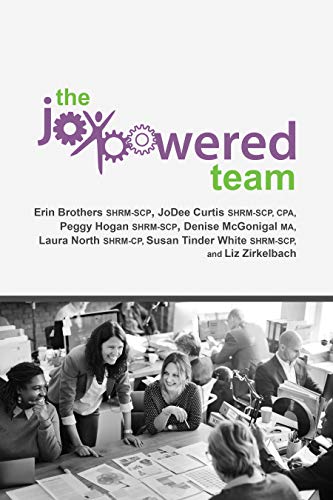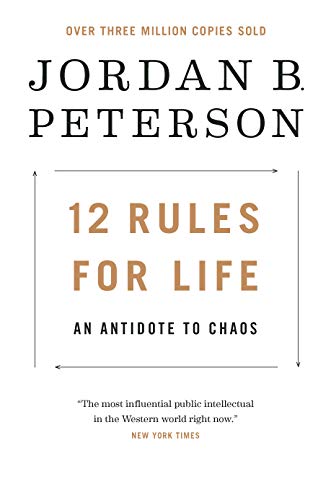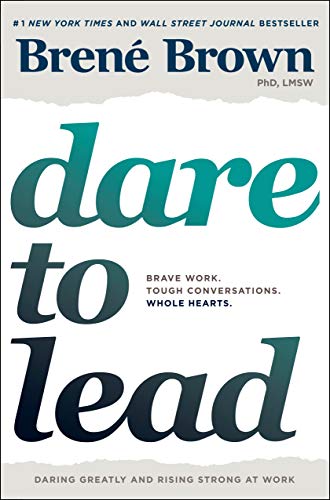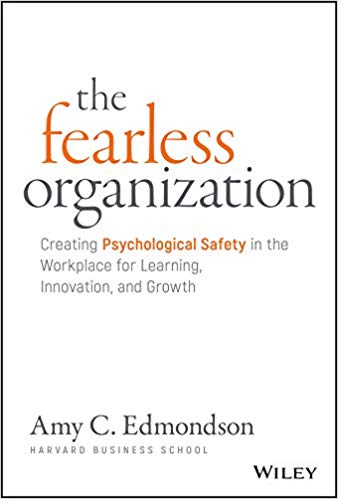Now Available: Organizational Readiness for Generative AI Draft White Paper
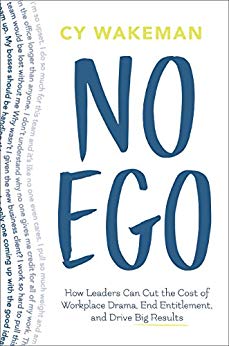
Book Review-No Ego: How Leaders Can Cut the Cost of Workplace Drama, End Entitlement, and Drive Big Results
It started with the liars. They’d ask, “Do you have a minute?” They’d plop themselves down in the comfy guest chair and proceed to take about 45 minutes. That’s what kicked off Cy Wakeman’s quest and led to No Ego: How Leaders Can Cut the Cost of Workplace Drama, End Entitlement, and Drive Big Results. The frustration with the status quo and the conventional wisdom about how to deal with employees led Wakeman to a very contrary view about what can and should be done to create organizations that deliver results.
BMWs (Bitching, Moaning, and Whining)
They’d drive their BMWs right into offices, and no one would stop them. Employees who were low on the accountability and engagement scales would routinely do a drive-by and kidnap the time of another employee with their bitching, moaning, and whining (their “BMW”). The problem is that, in a world where we must listen to our employees and care about how others feel, what are you to do?
It turns out the answer is to convert the useless listening into something useful – problem solving. As the father of two daughters, I know firsthand that there are times that everyone just needs to be listened to. They don’t want a solution. They want to know that they’re understood. There’s nothing wrong with that. Despite Wakeman’s perspective that we should never listen to an employee bitch, moan, or whine, I’ll disagree.
As humans, we need to feel connected (see Loneliness, The Blank Slate, and Bowling Alone for more). We need to believe that we’re heard. There’s a very valid question as to whether our manager or HR department should be the person that hears us for every concern we have. In most cases, I’d say no. However, we’ve got to be careful turning this natural need for connection away, because we don’t stop it – we redirect it back to their peers and subordinates, and this has the potential for a creating a toxic effect on the culture.
I remember a long time ago, when I walked into a friend in HR’s office and told her that I had turned in my resignation to my manager. She was visibly stunned. I was confused by her reaction. I had been very transparent with her about my frustrations – which she could do little or nothing about. Her response still echoes in my head. “But lots of people come in and complain to me about things, but few actually do anything about it.” That was the fundamental difference. It’s OK to complain if you’re willing to do something about it in the end.
One of my daughters has a habit of plopping herself at the end of my bed at about 10:30 at night. My wife and I get up early, and 10:30 is when we want lights out. Our college-age daughter gets up a little later than us and seems ready to talk. I’ve learned that, most of the time, what she wants of us – or me, as my wife sometimes falls asleep during our long talks – is just that I’ll listen. She doesn’t want me to solve the problem, she wants me to understand. That’s OK, I can follow along. It’s part of being a dad.
Where she and I sometimes must renegotiate is when she continues to bring the same problems to our untimely conversations. She knows that she’ll get two or three swings at the bat before my natural instincts to help solve problems will kick in, and she’ll get a solution so I can get some sleep.
My response is to not reject the person but to redirect them into healthier long-term habits. With that in place employees can be redirected to talking to their peers because they’ll be moving forward rather than moving back.
Driving into Victimhood
BMWs are meant for driving. But the problem is they seem like they’ve got a runaway GPS and autopilot system that drive them only one place. They’re always headed for victimhood. It’s not that victimhood isn’t a place to visit. We’ve all driven by and perhaps pitched a tent for a while. The problem with victimhood is that it’s a lousy place to build a house.
I’m very careful to draw a distinction between being victimized and being a victim. (See Trust=>Vulnerability=>Intimacy and Trust=>Vulnerability=>Intimacy, Revisited.) Being victimized means that someone took advantage of you or your situation. Being a victim is a self-identification label that people apply to themselves as if it’s a permanent thing.
Being a victim should never be a label that one applies to themselves or others. It’s a negative, self-fulfilling sort of thing that keeps people trapped and prevents them from starting to move forward in life.
Start Helping
The way out of victimhood is often the helping bus. Sometimes it can be helping yourself out of your situation, but, strangely, it’s often about helping others. If you look across research and programs, one of the most powerful ways to lift your mood is to volunteer and to help someone else. The very act of doing something for others moves you away from the self-focused pity that lies at the heart of victimhood.
Managers and leaders have powerful questions that they can ask to transform someone who appears stuck in victimhood into action. Simply asking “How can you help?” is a powerful framing change, where the person is no longer the victim and is instead an active party in their situation and the situation of others.
Rely on Reality
Reality isn’t always pleasant. It’s not always fun, but it always beats the alternative. The problem when we get into our own heads and do the prediction our brains were designed to do is that we invariably get it wrong. We’re still marvels in that we can predict and anticipate, but what we believe may happen doesn’t mean it will happen. (See Mindreading for more about predicting.)
Many of the sources of stress in our modern lives aren’t real. (See Why Zebras Don’t Get Ulcers for more on stress.) We make up stories and see potential negative outcomes, and we forget that, in most cases, we’re really OK.
Suffering Because We Refuse to Adapt
Wakeman relates a story where her team was moved repeatedly during some construction, and they were getting frustrated. A mentor asked why she was frustrated, and she answered that it was because of the moving. When her mentor asked again, a light bulb went on. She wasn’t frustrated because of the moving. She was frustrated because the team failed to adapt to the moving. (Though she didn’t say it directly, she let go of her righteousness that she and her team shouldn’t be treated like this.)
The short version is that she and her team were failing to adapt to the moving. As a consultant for most of my professional career, I’ve learned to work anywhere. Starbucks, McDonalds, kitchen, cafeteria, it doesn’t matter. It’s a skill like any other. Becoming adaptable and flexible is something that her team needed to learn.
We get caught up in the ways we feel we should be treated and respond with righteous indignation when we feel as if people aren’t giving us the respect we deserve. But, in many cases, it doesn’t matter. Learning to accept and adapt is critical to our work lives as well as our lives as humans. (See How to Be an Adult in Relationships for more on acceptance.)
Right Turnover
But what about when it’s not right to adapt? Sometimes, there’s a bad fit that just won’t work. As much as you hammer the square peg, it’s simply not going through the round hole. That’s when it’s time for turnover. With the increasing difficulty in finding people to fill open slots, it’s hard to recognize when it’s time for someone to be successful somewhere else, but it must be done.
We’ve all seen the receptionist who has a permanent pickle face. (You know the kind of face you make when eating a pickle.) We’ve met the salespeople whose world view is to extract as much out of a customer as possible today and not worry about the long-term relationship despite the corporate culture being built on lasting relationships. Those are the people that need to turn over in the organization.
Sometimes, the numbers don’t tell the complete story. One of my clients had an average tenure of employees for over 30 years. In many ways, it was a testament to the leadership. In other ways, having such a low turnover rate meant that some people who needed to go… didn’t.
Accountability
In some organizations, people can continue to work there even when they’re not meeting their goals. Let me restate that – in almost every organization, people can continue to work there even when they’re not meeting goals. The reality is that we love the idea of other people being accountable but cringe when there’s the thought that we’d be made accountable. (See Mistakes Were Made (But Not by Me) for more.)
Over the course of my career, I’ve had more than a few projects where the systems I was implementing would result in greater accountability. The systems would provide crystal clear reporting on who was and was not doing the behaviors the organization required of them. I’m not talking about the outcomes. I’m talking about the actual behaviors the organization wanted.
Consider, for instance, the CRM (customer relationship management) system designed to track when customers are followed up with and what the current status of a prospective deal is. Managers love it, and salespeople see it as busy work. Rarely has a high-performing but non-compliant salesperson been fired for not keeping their data up to date.
The problem with this is that a lack of accountability is a breeding ground for all sorts of bad behaviors the organization doesn’t want. It’s inconvenient and uncomfortable to have to hold employees accountable, but it’s necessary. That being said, it’s even harder to hold ourselves accountable for our actions and inactions. We fall into the trap of fundamental attribution error (see Thinking, Fast and Slow), and we instead excuse away our actions and, in the process, create opportunities for problems.
Don’t Feed the Trolls
The internet is a great place where there are lots of small bridges to cross. For a while, I was managing some internet communities, and the single best piece of advice I ever got was “Don’t feed the trolls.” Trolls are the people who are just there to create a ruckus. They’re not really trying to add value to the conversation, they’re there to stir the pot.
Trolls grow in strength and power when they accomplish their goals and get responses. The less they’re able to draw people into the fight, the weaker they become. So, responding to the trolls was always done in private. For situations where it was appropriate, their posts were removed and occasionally the trolls were banished.
More routinely, we’d encourage our regular posters to restore balance by contributing in ways that acknowledged but neutralized the trolls. Instead of directly fighting them and escalating the tensions, they’d acknowledge them and then minimize their efforts to create problems. The strategy worked well and allowed us to keep a vibrant community that welcomed healthy disagreement without the kind of disruptive influence the trolls were trying to create. (See more about how trolls are disruptive by looking at Mastering Logical Fallacies.)
Don’t Encourage Lying
I’ll end with another place where Wakeman and I disagree. To be clear, there’s a lot of good in No Ego. There are only a few places where I think the advice works in the short term but is caustic in the long term. Confronting people about their support is one of them.
Wakeman encourages managers to confront employees and get them to commit to the plan – or find a place for themselves off the team or in a different organization. While noble in purpose, in my experience, this just shuts down transparency. The employee – who often needs THIS job – will say whatever is necessary and then not do it. (See The Fearless Organization about the need for their job and creating a culture of safety.)
In effect, Wakeman’s approach encourages employees to lie and ultimately subvert the goals and plans of the organization. That’s very difficult to root out. Rather than put it on the employee to commit, I’d transform the question to “What needs to be done to help you support this initiative?” In Wakeman’s world view, this is kowtowing to the employee; but in my view, it acknowledges them as a human being who has a concern. The end may be that there is no agreement to be had, but before that, I may learn something, and I’m also not forcing them to lie to me – I’ll count that as a win.
I remember reading Humilitas‘ introduction and the great humility displayed in sharing that the book wasn’t about the author but was needed. It’s hard to write a book about humility – or No Ego – without seeming arrogant or conceited. For me, there’s a humor in No Ego as a title, since Wakeman firmly believes in her perspective as an opinion – as we all do to some degree. At the same time, her writing suggests that she knows better than the employees. For me, No Ego would have been about how to gently redirect while learning. When you read No Ego, do you see ways to develop your own lack of ego?


